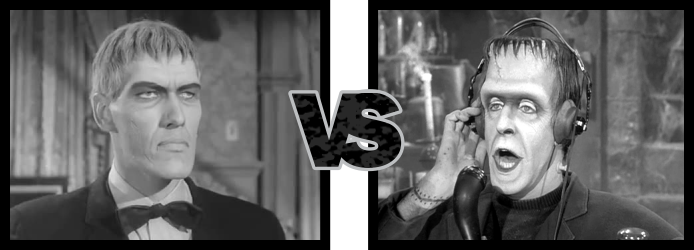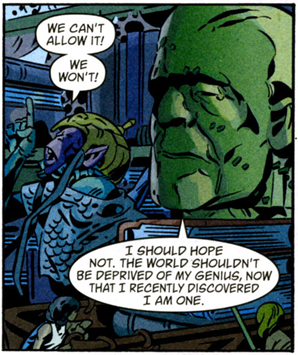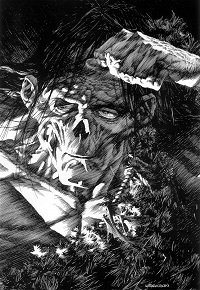 The Walking Dead is a great show – one of the best currently on television – and most people know that it was originally a comic but few people actually jump mediums and start reading the comics. Brian Huntington, over at thewalkingdead.com, has written an excellent introduction for those interested in giving the books a try but not wanting to spoil the show: “Jumping from the Show into the Comics“.
The Walking Dead is a great show – one of the best currently on television – and most people know that it was originally a comic but few people actually jump mediums and start reading the comics. Brian Huntington, over at thewalkingdead.com, has written an excellent introduction for those interested in giving the books a try but not wanting to spoil the show: “Jumping from the Show into the Comics“.
He covers which volumes are “safe” to read because the show has already passed that point in the narrative. It’s an excellent introduction, straight from the source, but I’d like to give some of my thoughts on the matter as well as I think he may have inadvertently given the wrong impression.
The simple truth is that the comics and show really don’t share as much as he intimates. The comic, now well over 100 issues and 10 years in, has created a rich menu of iconic imagery and events that the show picks liberally from but doesn’t mimic. Lifted plot points are presented in a different order, affect different characters and often have drastically different outcomes. The story remains grossly similar and is familiar to comic readers but is often radically different in execution.
To illustrate this consider that many of the characters fundamental to the show: Daryl, Merle and T-dog don’t exist in the comic at all. Others exist only in the comic or had greatly expanded (or reduced) roles there. Many of the iconic scenes shared by the two featured different cast members or circumstances. Herschel, for example, never lost his leg in the comic (although somebody else did). Finally there are major differences with character longevity between the two. Many characters that we’ve lost on the show are still struggling in the comic and vice versa.
Some of this is purely practical. When you kill off a character in a comic book you simply draw a new character. On a television show you must consider actors, casting and contracts. Should you want to make your main character an amputee you just don’t draw as much. On television there’s complex planning and effects that must go into such a decision. On paper a herd of thousands of zombies is nothing more than a literary motivation, on film it’s a massive undertaking with dozens if not hundreds of extras.
In other respects it feels like many of the decisions were made specifically to keep the story fresh for existing fans. The show has made every effort to drag the comic fans out of their comfort zones. Major events will begin to play out, or be staged, exactly as they were in the comics but then take shocking turns away from the original path and other events, some hugely significant, are completely new to the show. At the risk of a spoiler I will simply say that nobody was as shocked to see Sophia come out of that barn as long term fans of the comics. It was a gut-punch, pure and simple.
The television production has done everything it can to retain the flavor – the “values”, if you will – of the comic while making it a completely new experience. Having read the comics simply doesn’t spoil the show because the show is so very different. The only real insight that you’ll gain from enjoying both is the unsettling realization that nobody is safe. Nobody at all. It may also make you insufferable as you constantly explain to your family and friends how different things were in the book and how they really should start reading it.




 Our
Our  Continuing with our
Continuing with our 
